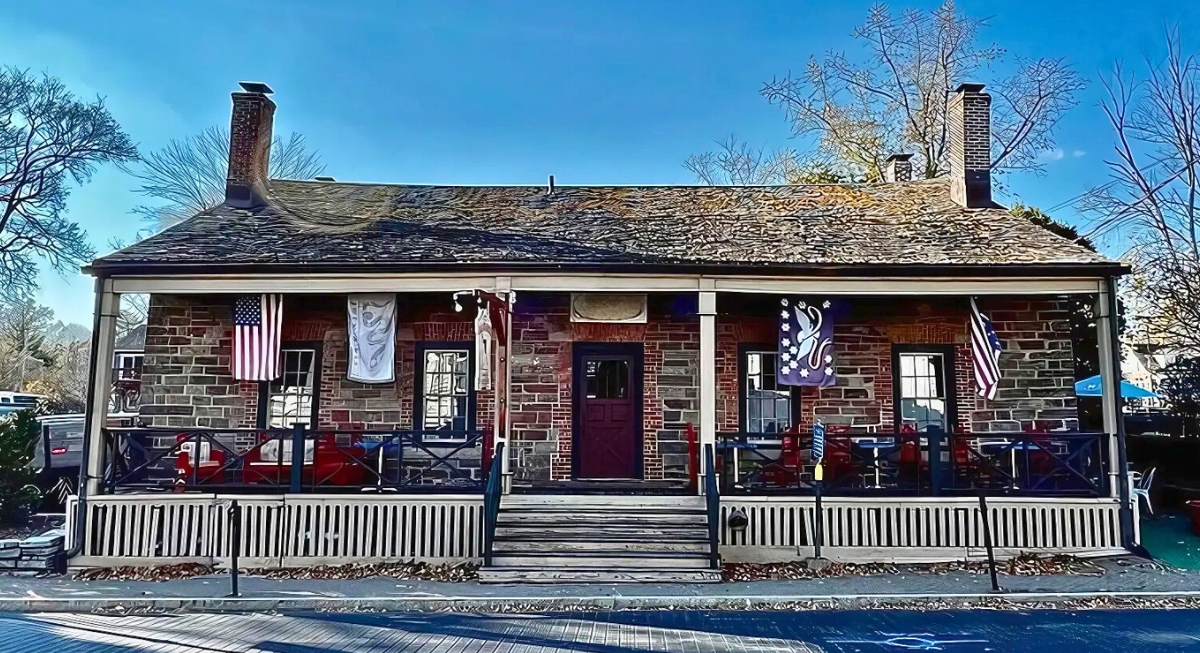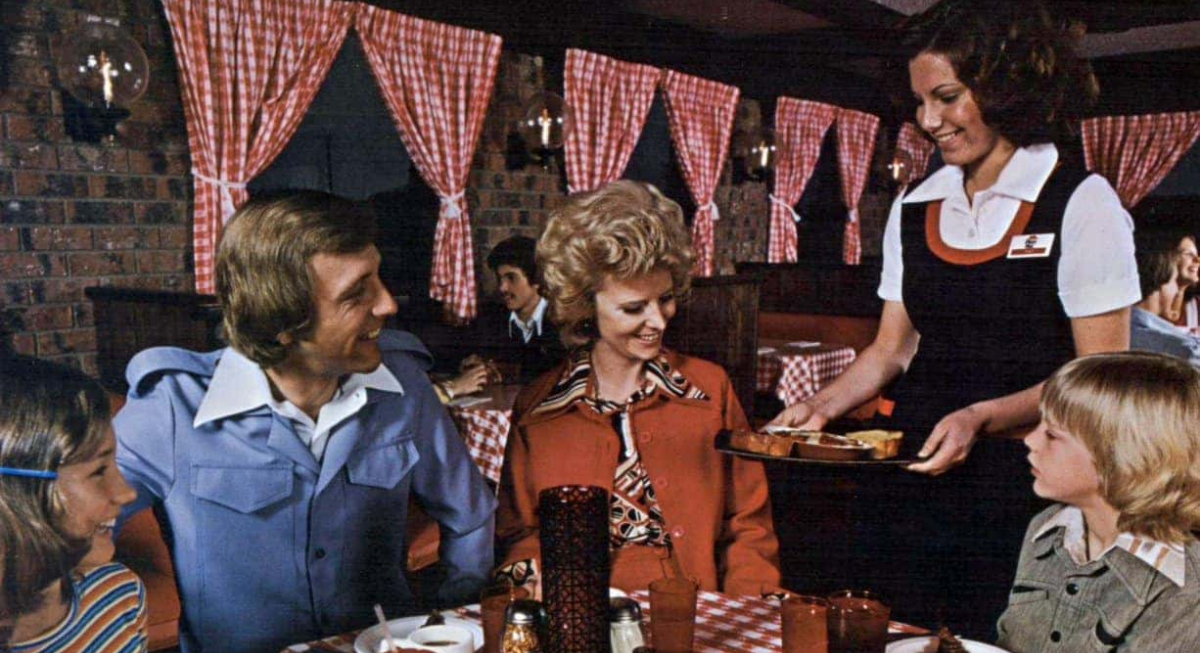Some restaurants don’t need a flashy story—they’ve just been around long enough to earn your attention. These establishments have survived wars, economic downturns, and shifting tastes. Yet, many still operate out of their original buildings, with worn wooden floors and fixtures that haven’t changed much in decades. You’ll see dishes that were built on what people actually had access to, not what sounded good on paper. These places offer a glimpse into how American dining evolved, not in theory, but at the table.
Old 76 House – Tappan, NY (Est. 1686)
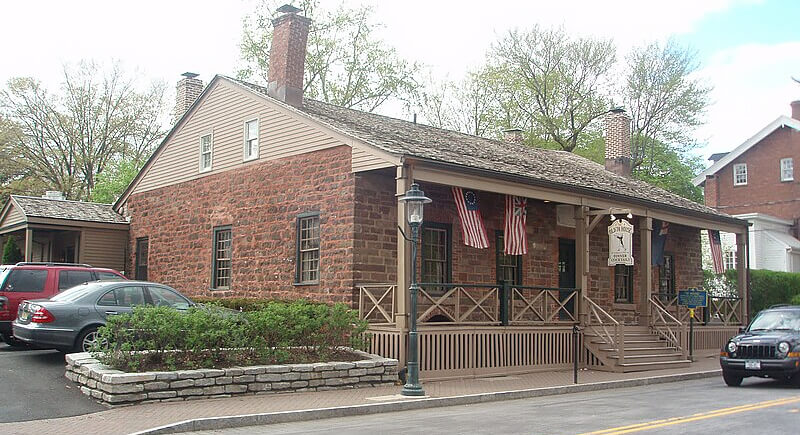
Credit: Wikimedia Commons
Some folks say George Washington once ate here—though there’s no proof—but the creaky floors sure have stories to tell. Old 76 House is still going strong thanks to a cozy mix of four fireplaces and a Sunday brunch that locals rave about. It’s been around for over 330 years by honoring its past while keeping diners happy today.
Red Fox Inn and Tavern – Middleburg, VA (Est. 1728)

Credit: flickr
This spot has served everyone from soldiers to stars, and the locals will proudly back that up. The Red Fox combines Southern charm with old-school class, and it never feels fake. Fried chicken is the go-to, but it’s the warm, welcoming vibe that really makes it memorable—almost 300 years of hospitality and still going.
Cranbury Inn – Cranbury, NJ (Est. 1750)
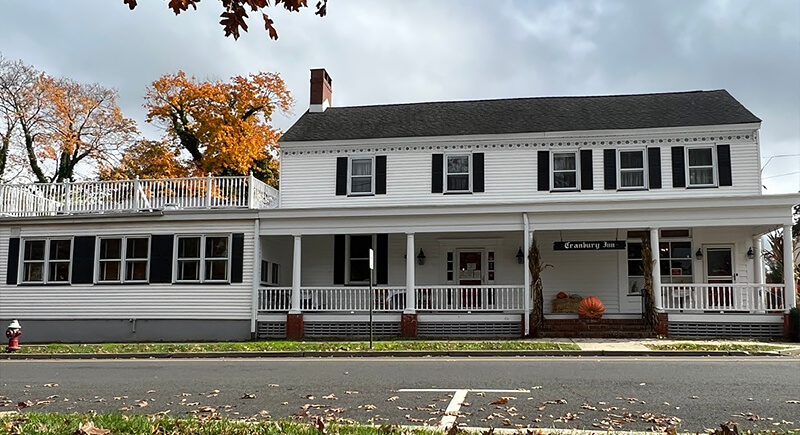
Credit: Facebook
The Cranbury Inn isn’t flashy, and that’s part of its charm. People show up for the prime rib and stick around for the old-timey atmosphere, which includes multiple dining rooms and a bar that’s barely changed since the 1700s. It was originally made from several taverns combined into one, and is as Jersey as it gets.
Griswold Inn – Essex, CT (Est. 1776)
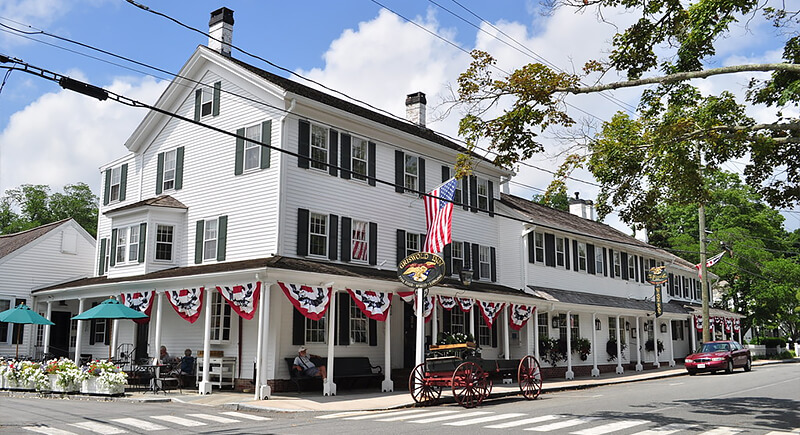
Credit: flickr
This riverside inn has seen it all—from sailors and patriots to brunch-loving travelers. Set near the Connecticut River, it combines nautical flair with New England grit. Art lines the walls, and their famous brunch has been a tradition since 1812. The food’s consistent, the history’s deep, and the charm keeps people coming back.
Old Talbott Tavern – Bardstown, KY (Est. 1779)
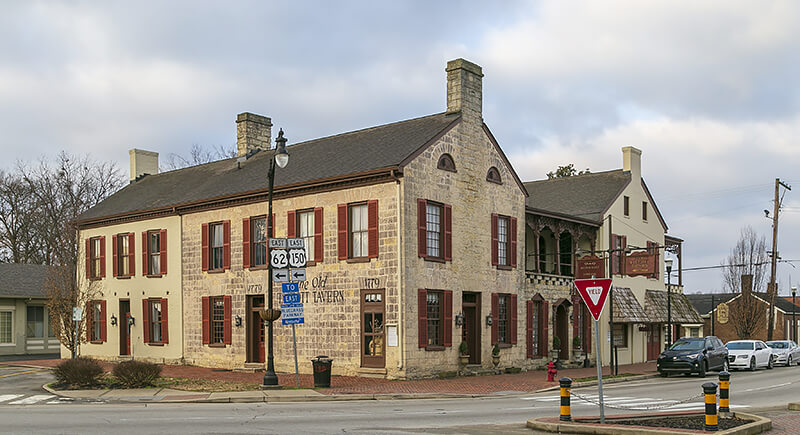
Credit: Wikimedia Commons
The Old Talbott Tavern has been in continuous use since the 18th century and shows it. The walls are marked by soot and time, and the bullet holes in the plaster are rumored—though not confirmed—to come from Jesse James. Locals drift in for fried catfish or bourbon-glazed pork chops, while visitors often come for the connection to the early frontier.
Hancock Inn – Hancock, NH (Est. 1789)
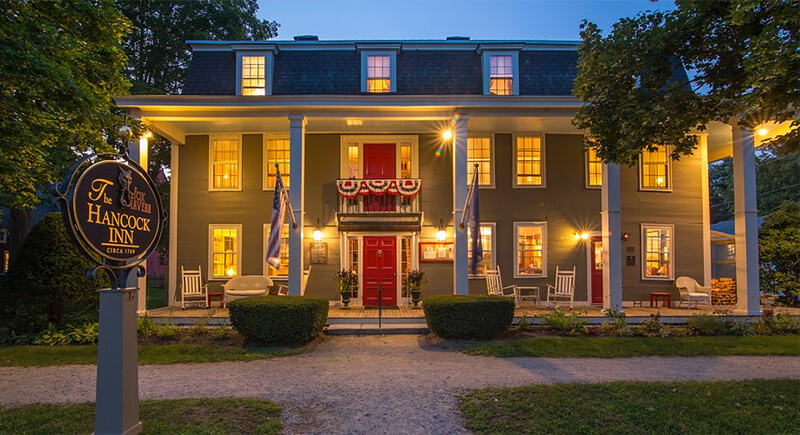
Credit: Facebook
New Hampshire’s oldest inn operates more like a living room than a public house. It’s quiet, almost deliberately so, and serves meals that reflect the New England landscape—roasted root vegetables, thick stews, and local cheese. The pace is slow by design. Rooms upstairs are still furnished in the Shaker style, and the dining room avoids trends entirely.
Dorset Inn on the Green – Dorset, VT (Est. 1796)
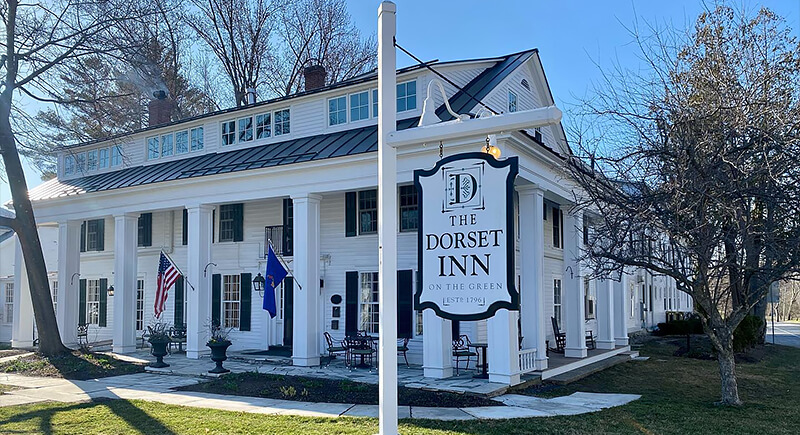
Credit: Facebook
When the Dorset Inn first opened, most of its food came from the backyard. That was the practical reality of 18th-century Vermont life. That ethos still lingers in the way the kitchen handles local ingredients. Modern chefs no longer raise livestock on site, but they source from farms just up the road, many of which have longstanding ties to the community.
Golden Lamb – Lebanon, OH (Est. 1803)
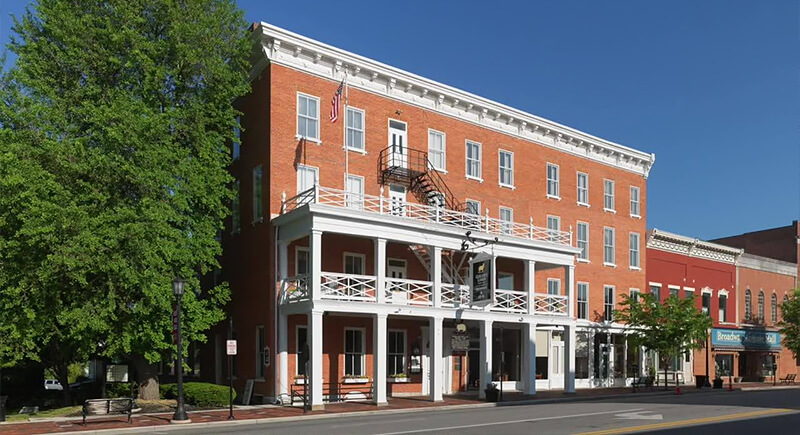
Credit: Facebook
This is Ohio’s oldest continuously operating business, not just its oldest inn. The Golden Lamb started with a sign featuring a hand-painted lamb—chosen because most early customers couldn’t read. Since then, it has hosted twelve U.S. presidents and dozens of notable figures without ever reinventing itself to match the era. The menu mixes regional classics like sauerkraut balls and pot roast with Amish-style fare.
The Log Inn – Warrenton, IN (Est. 1825)
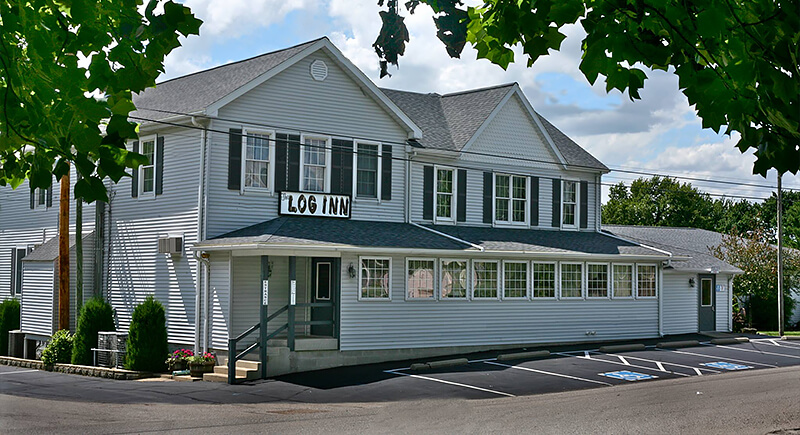
Credit: Facebook
The Log Inn keeps its original name for good reason. Abraham Lincoln reportedly stopped here in 1844, and while that’s worth noting, it’s not the only reason people keep coming. The portions are large, the rooms are loud, and the menu reads like a snapshot of Midwestern home cooking. Tables fill with families who’ve been coming for generations, not because of nostalgia, but because it’s dependable. The fried chicken and ham steak haven’t changed, and no one’s asked them to.
Union Oyster House – Boston, MA (Est. 1826)
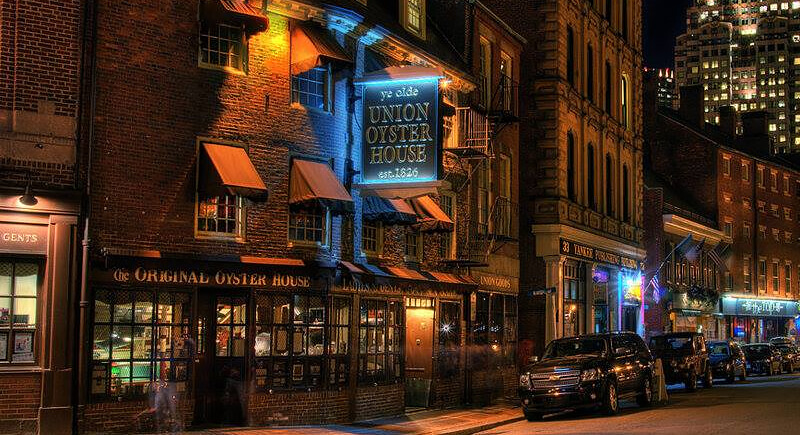
Credit: Facebook
Boston doesn’t throw around praise, but Union Oyster House has earned its stripes. It’s where Daniel Webster reportedly ate plates of oysters in one sitting, and it’s where the toothpick was first introduced into the U.S. market by way of an unusual marketing stunt. Despite its tourist-heavy location, the kitchen still focuses on the same few staples: clam chowder, fresh oysters, and broiled seafood plates.
Huston Tavern – Arrow Rock, MO (Est. 1834)
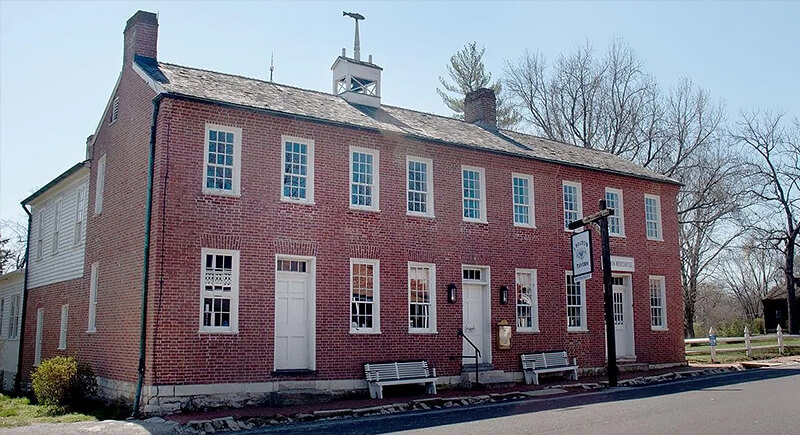
Credit: Reddit
Arrow Rock is a small town now, but in the 1830s, it was a stopping point for settlers headed west. J. Huston Tavern fed those travelers and continues to operate inside the same two-story brick home built by the Huston family. The menu leans heavily into Missouri comfort food—mashed potatoes, gravy, fried chicken—without trying to modernize it. You eat in dining rooms that were once family parlors, served by people who don’t need to play a part.
El Farol – Santa Fe, NM (Est. 1835)
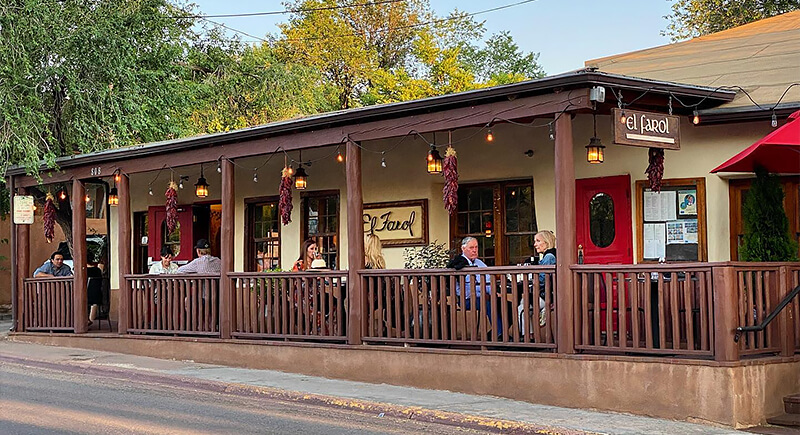
Credit: Facebook
El Farol is a Santa Fe icon. Red chile dishes, nightly flamenco, and walls full of character make this place unforgettable. The energy is always high, the food’s always bold, and the vibe is classic New Mexico with a lively twist.
Antoine’s – New Orleans, LA (Est. 1840)
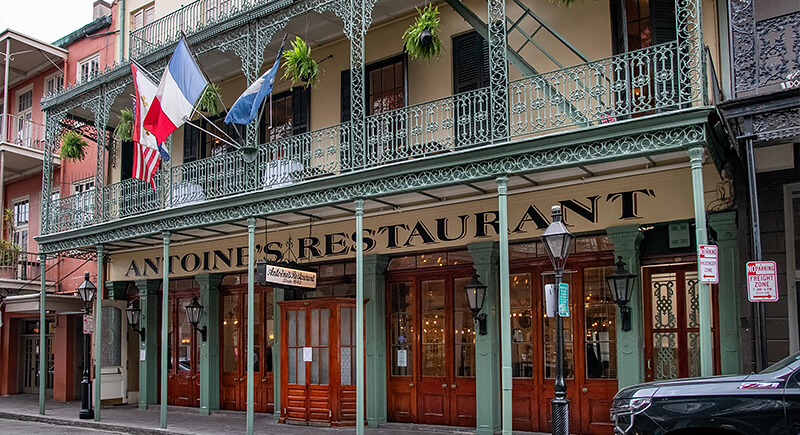
Credit: Facebook
Started by an 18-year-old immigrant named Antoine Alciatore, this French-Creole restaurant is still run by his descendants. It’s not a place that needs to prove its legacy; the dining rooms, each named after a different society or decade, speak for themselves. It’s also known for inventing dishes like Oysters Rockefeller.
Red Circle Inn – Nashotah, WI (Est. 1848)
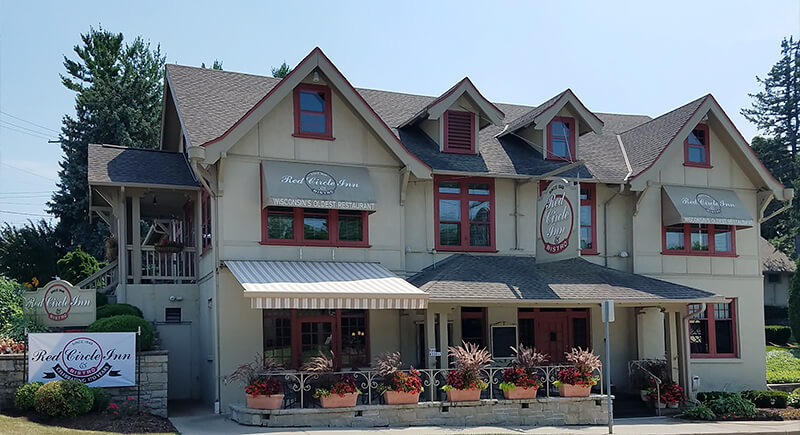
Credit: Facebook
Once owned by beer baron Frederick Pabst, the Red Circle Inn owes its name to the red circle on his company’s label. Over the years, the inn has been rebuilt and remodeled after multiple fires, but its identity has never shifted far from the original: solid food, good drinks, and long conversations. The menu revolves around steak and classic pairings, and a spectacular a wine list.
Village Tavern – Long Grove, IL (Est. 1849)
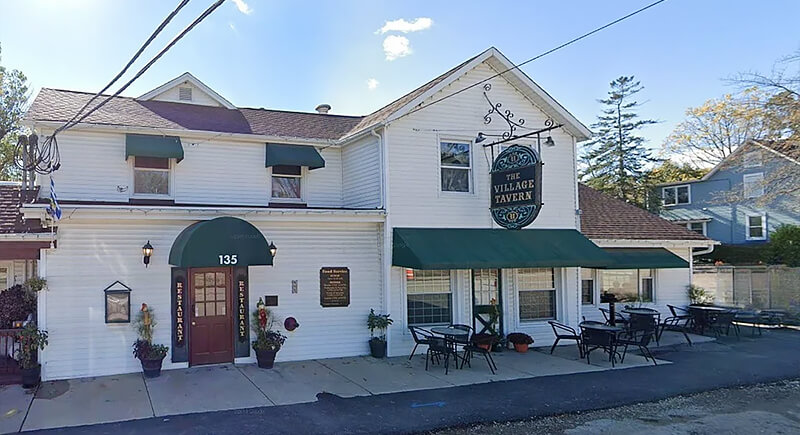
Credit: Reddit
The Village Tavern doesn’t cater to a niche. On any night, you might see bikers, newlyweds, or grandparents at the same long table. It’s located in the center of a historic village that has carefully avoided overdevelopment. The food is straightforward—burgers, pot roast, fried lake perch.
Tadich Grill – San Francisco, CA (Est. 1849)
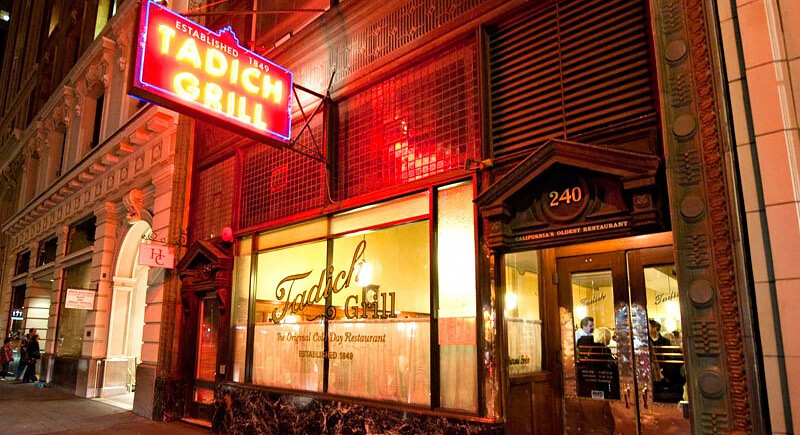
Credit: Facebook
Originally a coffee stand opened by Croatian immigrants during the Gold Rush, Tadich Grill is now one of San Francisco’s oldest restaurants—and still doesn’t take reservations. The white-jacketed waitstaff moves briskly between wood-paneled booths, carrying seafood stews and grilled halibut that haven’t left the menu in decades.

